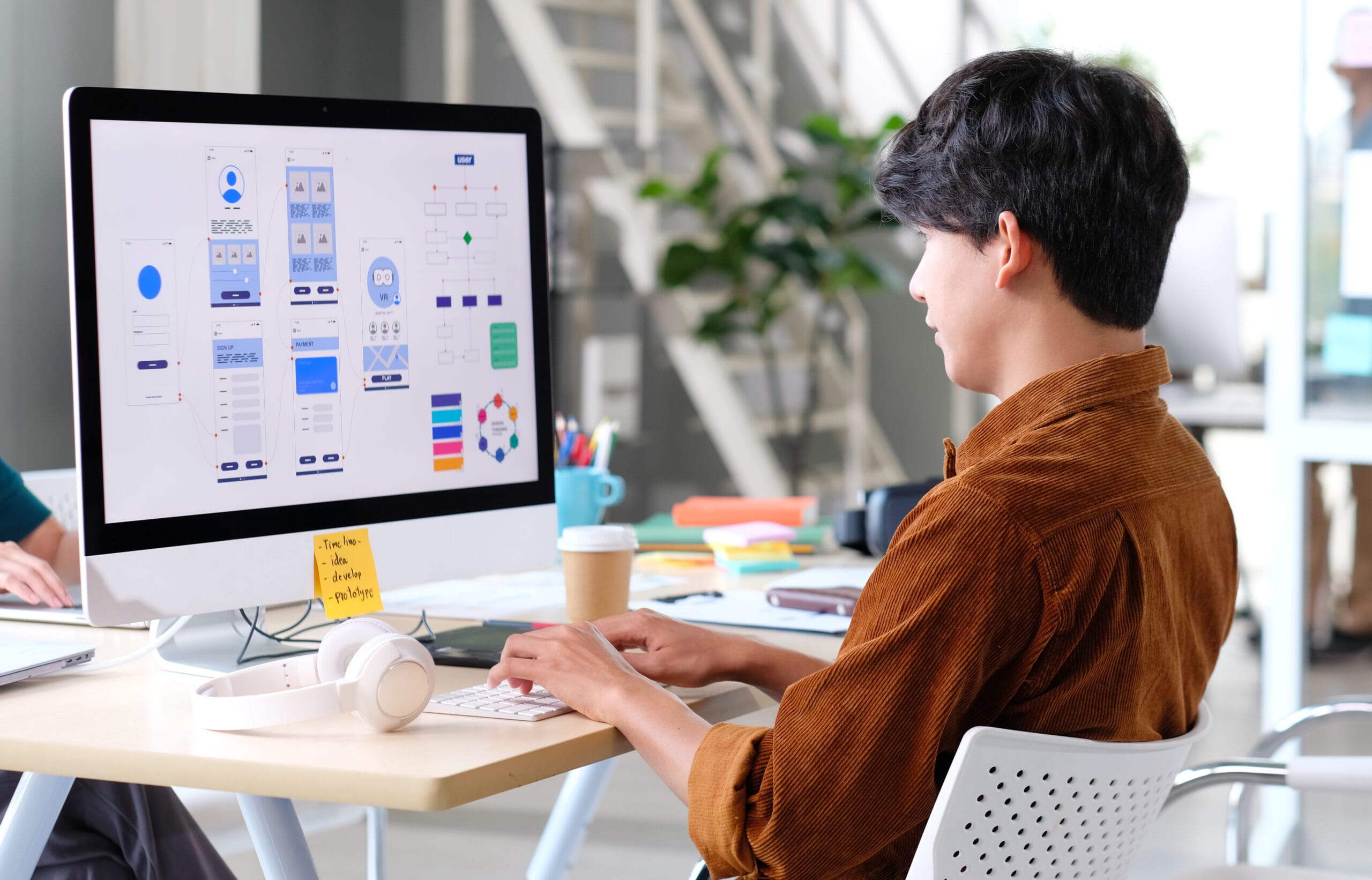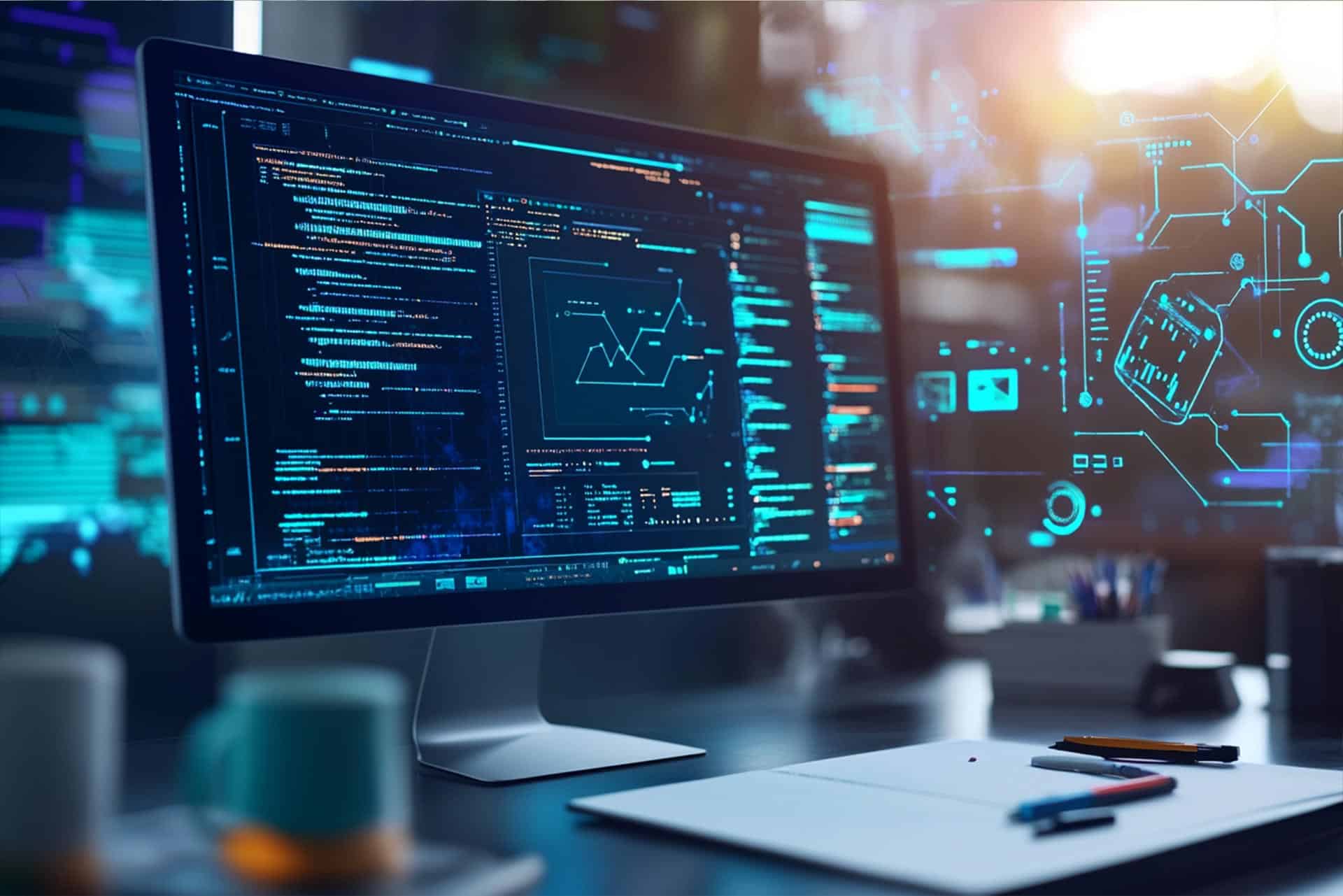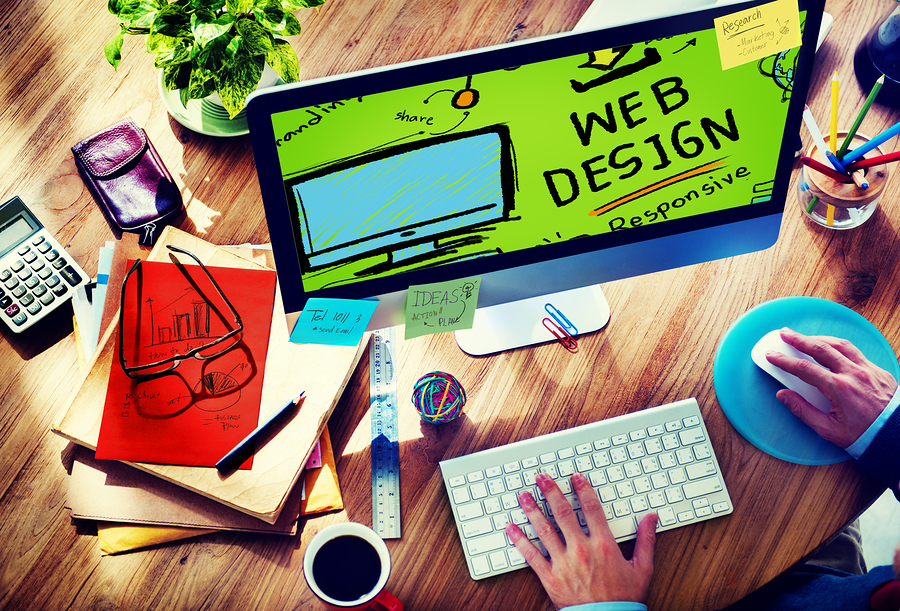The impact of website development in boosting user experience
Discovering the Various Sorts Of Web Style and Their Special Benefits
The landscape of website design encompasses a selection of designs, each offering distinct advantages that accommodate different customer demands. Flat and minimal layouts stress quality, while receptive and worldly designs improve adaptability across devices. Illustratory and typography-driven approaches aim to increase engagement and psychological resonance. Understanding these diverse kinds can significantly affect user experience and brand name understanding. What exists underneath the surface area of these layout choices?
Minimal Website Design

Minimal Web style often integrates a limited color palette and simple typography, which not only enhances aesthetics however also reinforces brand identity. The reduced complexity can bring about quicker packing times, better boosting user fulfillment. In addition, by reducing visual clutter, customers can involve with material better, resulting in boosted understanding and retention. On the whole, minimal Web design fosters a seamless user experience, making it a prominent choice for brands aiming to share clearness and professionalism in their on the internet presence.
Receptive Website Design
Responsive Web layout has become vital in today's digital landscape, ensuring mobile compatibility for customers throughout different tools. This strategy significantly enhances customer experience by offering smooth navigating and ease of access, no matter screen dimension. As even more people access the Web on tablet computers and smartphones, the significance of receptive design remains to expand.

Mobile Compatibility Significance
As smart phone usage remains to increase, making sure web sites are compatible with numerous screen sizes has come to be necessary for effective communication and engagement. Mobile compatibility, usually attained with receptive website design, allows sites to adapt perfectly to smart devices, tablet computers, and other devices. This adaptability not just gets to a more comprehensive target market however also improves brand credibility. A web site that functions well on smart phones mirrors professionalism and attention to user demands. Furthermore, online search engine prioritize mobile-friendly websites in their positions, making compatibility a crucial aspect for on-line presence. By purchasing mobile compatibility, companies can enhance their digital visibility and deal with the expanding number of customers who access information on the move. Prioritizing mobile-responsive style is essential in today's electronic landscape.
Improved User Experience

Apartment Layout
Level design is a minimalist method to Web layout that emphasizes simplicity and clarity. By removing three-dimensional elements such as gradients, darkness, and structures, flat design produces an aesthetically enticing interface that prioritizes material and performance. This style advertises an intuitive navigating experience, as individuals can promptly recognize vital attributes and activities without distraction.
One of the primary advantages of level design is its responsiveness throughout various gadgets and display dimensions. Its uncomplicated layouts and tidy lines adapt perfectly, making sure a consistent experience for customers on mobile, tablet, or desktop systems. Furthermore, flat design typically incorporates strong colors and typography, boosting visual effect and brand recognition.
Furthermore, the simplicity inherent in flat design brings about much faster filling times, which adds favorably to individual satisfaction - website design. Overall, level style stays a prominent selection for modern-day Web advancement, aligning with contemporary aesthetic choices while delivering outstanding use
Product Style
Product Layout stands for a style language developed by Google that concentrates on developing a natural and intuitive individual experience throughout electronic platforms. This method emphasizes using grid-based layouts, responsive animations, and depth impacts such as lights and darkness, which help to develop a sense of hierarchy and spatial relationships. By resembling the physical world, Material Style enables customers to connect with digital interfaces in a much more all-natural and interesting fashion.
One of the crucial advantages of Product Layout is its adaptability across various gadgets and display dimensions, making certain a constant experience for customers. Additionally, it advertises a clear aesthetic language that enhances functionality, making it easier for individuals to browse complicated applications. The unification of lively shades and bold typography also plays an important duty in drawing interest to crucial elements, therefore improving total individual involvement - website design. Subsequently, Material Style has come to be a prominent selection among programmers seeking to produce aesthetically attractive and useful web sites
Typography-Driven Design
Typography-Driven Style concentrates on the calculated use type to improve the useful and visual facets of a web site. This design approach prioritizes typefaces, font sizes, spacing, and hierarchy to create visual rate of interest and overview user experience. By very carefully selecting typography, developers can communicate brand identity and stimulate feelings, making the material extra appealing and accessible.
Effective typography enhances readability and usability, ensuring that customers can conveniently absorb and browse the website details. The ideal combination of type can also establish a clear visual pecking order, permitting users to quickly recognize essential messages and calls to action.
Moreover, a typography-driven technique can be adapted to different gadgets, making certain uniformity throughout platforms. This flexibility is crucial in today's multi-device landscape, where user experience is critical. Inevitably, Typography-Driven Design offers not only as an imaginative choice yet also as a practical aspect that greatly influences a web site's effectiveness.
Illustrative Website Design
Illustratory Web style uses aesthetic narration methods that can considerably boost customer interaction. By incorporating distinct illustrations, websites can create a memorable This Site brand identification that reverberates with their target market. This strategy not just mesmerizes visitors however also connects messages in an aesthetically compelling way.
Visual Narration Methods
A wide variety of Web designers employ visual storytelling methods to produce immersive and engaging customer experiences. This strategy combines images, typography, and design to tell a story that reverberates with users on an emotional degree. By incorporating engaging visuals, designers can effectively communicate messages and evoke feelings, assisting visitors with a brand name's journey. Infographics, computer animations, and interactive elements serve to improve stories, making intricate details much more accessible and unforgettable. Furthermore, visual storytelling can develop a natural brand identification, as regular images and motifs strengthen core values and messages. Inevitably, this strategy not just astounds users yet additionally promotes a much deeper connection with the content, motivating exploration and retention. Through proficient application, visual narration changes common Web experiences right into dynamic and significant interactions.
Enhancing Customer Engagement
Reliable website design greatly improves individual engagement by leveraging illustrative aspects that attract attention and foster communication. Images can streamline complex principles, making them extra unforgettable and friendly for users. They break the uniformity of text-heavy pages, producing aesthetic breaks that invite expedition. On top of that, distinct images can stimulate feelings, urging customers to get in touch with the content on a deeper degree. Interactive elements, such as computer animations or hover effects, can likewise boost involvement by inviting individuals to get involved actively instead of passively eating i loved this information. This technique not just maintains site visitors on the website longer yet also enhances the possibility of return check outs. Eventually, reliable illustrative website design transforms the user experience, making it extra impactful and enjoyable.
Branding Via Picture
Visual aspects play a considerable function in shaping a brand name's identification, and pictures are an effective device hereof. Illustrative website design allows brand names to communicate their special individuality and values via custom art work. This strategy cultivates a deeper psychological link with the audience, improving memorability and involvement. By integrating images, brand names can distinguish themselves in a jampacked market, creating an unique aesthetic narrative that resonates with their target demographic. Additionally, images can make and simplify complex ideas content extra accessible, properly interacting messages in an engaging way. On the whole, branding with illustration not only improves the user experience however additionally enhances brand name recognition, making it a useful strategy for businesses aiming to establish a solid online existence.
Regularly Asked Inquiries
How Do I Select the Right Web Layout Type for My Company?
To select the right Web style type for an organization, one should analyze objectives, target audience, and market criteria. Evaluating user experience and performance will assist the selection process for suitable engagement and efficiency.
What Tools Are Finest for Producing Various Web Design Designs?
Popular tools for producing varied Web layout styles More Bonuses include Adobe XD, Figma, Lay Out, and WordPress. Each offers special functions tailored to different design demands, allowing designers to build useful and visually enticing internet sites successfully.
How Much Does Professional Website Design Commonly Price?
Professional Web layout commonly costs between $2,000 and $10,000, depending on intricacy, attributes, and designer experience. Personalized remedies and continuous maintenance might increase costs, while layouts can supply even more affordable alternatives for easier tasks.
Can I Incorporate Numerous Web Design Types Efficiently?
Yes, combining several Web style types can be efficient. By incorporating elements from different designs, designers can create special, interesting individual experiences that satisfy diverse target markets while enhancing functionality and aesthetic appeal.
How Do Style Fads Impact Individual Experience and Interaction?
Layout patterns significantly affect customer experience and engagement by improving aesthetic charm, boosting navigation, and fostering emotional links - web design. Remaining updated with fads allows designers to create user-friendly user interfaces that reverberate with individuals and urge extended communications
Minimalist and flat styles emphasize clearness, while receptive and material styles improve versatility across devices. It may appear counterintuitive, minimalist Web style emphasizes simpleness to boost individual experience. Responsive Web design plays an essential role in enhancing customer experience by making certain that a web site adjusts flawlessly to different display dimensions and gadgets. Flat layout is a minimal method to Web style that emphasizes simplicity and clarity. Product Style stands for a style language established by Google that concentrates on producing a cohesive and intuitive customer experience across electronic platforms.